#Technology
Driving Dystopia: Mumbai Introduces Signals That Punish Everyone for Honking
India is famous for having some of the most lawless roadways on the planet. While the primary culprit is likely the country’s lax licensing requirements — showing a basic understanding of a vehicle’s controls and the ability to park is about all it takes — the bar has been set similarly low for what’s deemed acceptable outside the classroom. It’s not uncommon to see occupancy limits surpassed, often with excess passengers riding on the outside of a vehicle. Roads and automobiles are also often poorly maintained, encouraging accidents that jam up traffic.
Honking is a problem too, with India’s Central Pollution Control Board banning the practice in several cities for 2017. The group worked off data from 2011 that alleged Delhi’s busiest areas averaged 100-108 decibels of ambient background sound (with some spots going up to 125db). That’s enough to cause physical harm to someone subjected to the noise for just 15 minutes — and most of the sound is believed to stem from persistent honking.
Curb Your Acceleration: Aging Drivers Spur Toyota Into Action
A rising number of elderly drivers — and pedal misapplication crashes — in its home market has compelled Toyota to engineer a solution.
The automaker announced Monday that a new “acceleration suppression function” combining data collected from real-word driving and its existing Toyota Safety Sense suite of driver-assist features will determine, and intervene, when a driver hits the wrong pedal.
Driving Dystopia: License Plate Readers Are Becoming Increasingly Common
Policing a population is expensive. Law enforcement departments around the globe have long sought a way to tamp down costs or, more often, find better forms of supplemental revenue. Unfortunately, sending the SWAT team on a raid or hiring additional officers to patrol the highway for speeders costs money. But the price of surveillance technology continues to go down, encouraging agencies to tap into their rather robust capabilities — potentially at our expense.
China, the world leader in mass government surveillance, already has the ability to use its vast network of cameras to take over all manner of on-the-street policing. Electronic eyes are everywhere, often networked to facial recognition or plate identification technologies that enable authorities to mail you a ticket for speeding, jaywalking, or whatever else the patrolman failed to see you do in person. While some of the penalties stop at being publicly shamed via a national database or having your social credit score dropped (potentially barring you from some goods and services), these systems have also increased the number of finable offenses that make departments money.
While similar systems have been available in the United States, it seems the country’s penchant for liberty has drastically slowed their implementation. Yet it’s still happening, and there’s reason to suggest items like license plate readers and facial recognition software will soon become standard equipment for many (if not most) North American police departments.
GM Updates Super Cruise; Drivers No Longer Have to Stay in Their Lane
Super Cruise, the advanced driver-assist system that’s (very) slowly making its way into Cadillac vehicles, has already earned accolades for its precision and commitment to safety. Now, it’s been enhanced.
General Motors on Tuesday revealed the next generation of the system we’re loathe to call semi-autonomous, tapping the new Cadillac CT4 and CT5 sedans as its debut applications. The big takeaway? Your Cadillac needn’t stay in its own lane anymore.
One-box Bliss? Cruise Origin Is GM's First Ground-up Driverless Vehicle
Did General Motors’ self-driving arm reveal the future on Tuesday night? The automaker and its Cruise LLC subsidiary sure hope so, as both see big, big dollars coming from future autonomous ridesharing fleets.
The Cruise Origin unveiled in San Francisco last night is supposedly the vehicle (don’t call it a car) that will make that revenue stream possible. It certainly doesn’t look like a car, and the difference grows even greater when those side doors part.
'Not a Car': GM's Cruise to Show Off…Something
Cruise LLC, General Motors’ self-driving arm, plans to reveal a revolutionary vehicle in San Francisco on Tuesday, Bloomberg has learned. It will not be a modified Chevrolet Bolt that’s missing its steering wheel.
The expected reveal comes after a multiple rounds of funding and promises of near-future production and a planned ridesharing fleet.
Subaru Goes Big on Electrification in New Plan, Even As CEO Admits EVs Are a Tough Sell
Like it or not, Subaru plans to make up for lost time by delving deep into the world of electrification. In a technical briefing Monday, the automaker outlined a plan to draw 40 percent of its global sales from electric or hybrid vehicles by the beginning of the next decade.
Currently, the automaker only sells the Crosstrek Hybrid, but that will change as its newly strengthened partnership with Toyota starts to bear fruit.
Mazda's U.S. Skyactiv-X Arrival Definitely Delayed
While other manufacturers are downsizing engines and sticking turbos anywhere they’ll fit, Mazda has attempted to maintain a home for naturally aspirated motors — engines it believes should be sized appropriately for their intended application. On paper, this appears to be giving the competition an edge. Yet Mazda remains committed to offering the right tool for the job, introducing naturally aspirated Skyactiv engines with unusually high compression ratios. The latest, Skyactiv-X, combines spark-controlled gasoline combustion and compression-ignition diesel tech with a 24-volt mild-hybrid system.
The system delivers 178 horsepower and 164 lb-ft of torque in 2.0-liter guise, plus MPG improvements of up to 20 percent vs the old Skyactiv-G. But there’s a problem. With Mazda attempting to go upmarket, an economy-focused powertrain has to deliver in whatever region it’s sold, and introductory Skyactiv-X units are now viewed as too small for the United States. The result? The technology’s delayed arrival in North America, despite its deployment via the new 2.0 liter found in the 2020 Mazda 3 and CX-30 sold in Japan and Europe.
It's a Slow Road to Rear-view Video, but Magna Says It's Ready
Even though automakers routinely preview concept and prototype vehicles with camera mounts replacing traditional side and rear-view mirrors, you’ll have to wait a while before the technology makes its way to production vehicles. While Japan thinks ditching mirrors for a digital display is sugoi (Japanese for hunky-dory), other nations have maintained some amount of trepidation in embracing the technology.
For our purposes, both Canada and the United States have examined the matter, yet neither feels ready to make any industry-altering decisions. Supplier Magna International says that’s okay — it’ll be ready to hook up North America with the applicable hardware when the time comes. Plenty of downsides can be found in swapping out traditional mirrors, offsetting some of the benefits, and lawmakers need to figure out how to manage that when it comes time to redefine automotive regulations.
Overseas Mazda MX-5 Gains the Mildest Bit of Electrification
Mazda bigwigs and engineers are still on the fence when it comes to the next-generation MX-5 Miata’s powertrain, but the current generation is still capable of learning new tricks.
The automaker’s European-market MX-5s, at the very least, will take on a standard energy recovery system for the 2020 model year that carries some of the trappings of a hybrid. What the system can’t do is send any amount of electric power to the drive wheels — though it can reduce the load on the conventional gasoline engine.
QOTD: Taken For a Ride?
The wonders of modern technology allow us to enjoy an endless list of conveniences and pleasures. It’s amazing we’re so miserable.
Our cars can brake on their own to avoid the nearsighted neighbor boy; lane-hold systems can keep us on the straight and narrow, while in-dash navigation systems and even our phones can offer verbal directions to the destination of our choice. No longer does man have to suffer with paper maps and dead reckoning. The stars adorning the heavens are there just for decoration these days.
And yet technology still has the annoying tendency to fail at its job.
Language Rights: Nissan Readies 'e-4ORCE' for Showrooms
Within a couple of years, Nissan hopes to put the company’s current dark clouds behind it and get on with the business of selling cars and making money. One vehicle expected to help the automaker in this supposedly EV-hungry decade is a production version of last year’s Ariya — a concept crossover powered solely by electricity.
Looking pretty fleshed-out for a concept, the Ariya, or whatever Nissan chooses to call it, will join the long-running Leaf in the company’s emissions-free stable. At this week’s Consumer Electronics Show, the automaker chose to show off the system that gets the Ariya moving. It’s an unholy marriage of letters and numbers.
Sony Vision-S: A Car From the Maker of the Walkman
When it comes to forward-thinking concept vehicles, “vision” ranks among the most popular words used by automakers to convey their futuristic aspirations to the general public. Among real-world production models, the letter “S” best signifies a vehicle either at the top or bottom of its game. There’s no in-between when it comes to S; it’s either Sport, or base.
So it’s forgivable if the reader finds the name bestowed on a prototype vehicle launched Monday night at the Consumer Electronics Show to be both generic and instantly forgettable. But the Vision-S is real, and it was built by a company best known for putting music in the hands of the teeming masses, not cars.
A Year in Review - 17 Observations From a 2019 Spent Watching the Automotive Industry
From the characters that control it to the engines at the heart of it, from the history that hems it in to the future that waits for it, from the designs that define it to the manufacturing that fulfills it, the automotive industry has something for everyone.
That’s why we cover it. That’s why we read about it. That’s why we drive and research and analyze, why we memorize specs and memorialize eras, why we wax eloquent when given the opportunity to explain the inherent balance of an inline-six, and why we correct people when they say, “CVT transmission.”
It’s also why we develop deep-seated automotive opinions that have as much chance of coming undone as your Jordan versus LeBron GOAT verdict. (Jordan, obviously. Gretzky, Federer, Mays, and Brady, too, for the record.)
Despite the fact that there was no shortage of automotive opinions dancing around in my head in those twilight moments before sleep each night at the beginning of the year, I nevertheless developed more conclusions over the course of 2019. After having little time to think of much else, and after driving hundreds of different cars, here’s an exhaustive (and exhausting) 17-part sampling.
GM Blames UAW for EV-free CES
Could we have fit more acronyms in that headline? Doubtful.
Now safely ensconced in a four-year labour deal with the workers who left its assembly lines in the dark for six weeks, General Motors is blaming this fall’s strike for a product delay. Well, a delay of a debut, really.
As a result, next month’s Consumer Electronics Show in Las Vegas will have to do without a new GM electric vehicle.







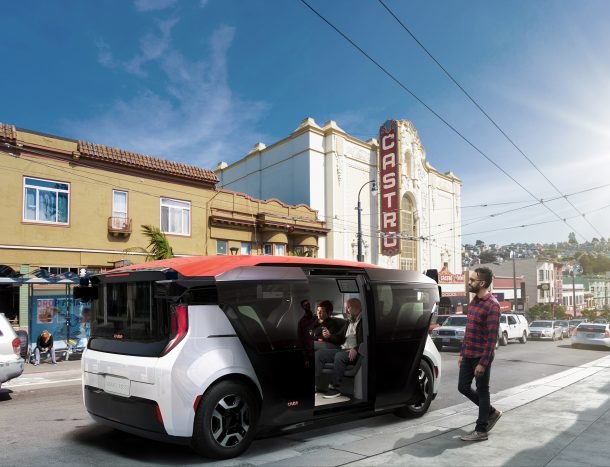
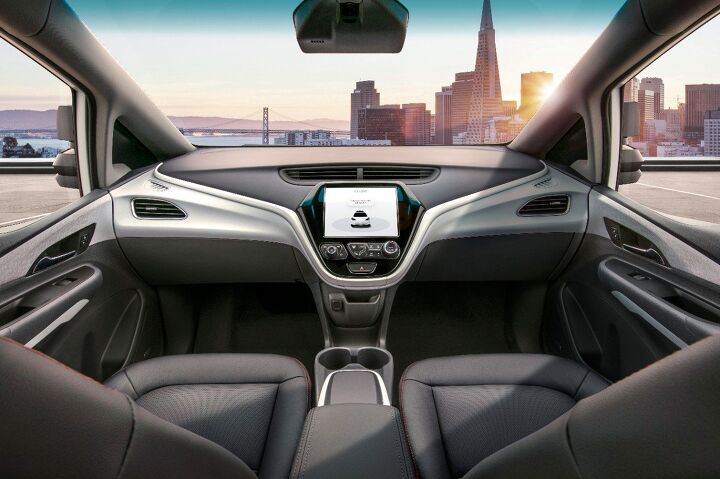

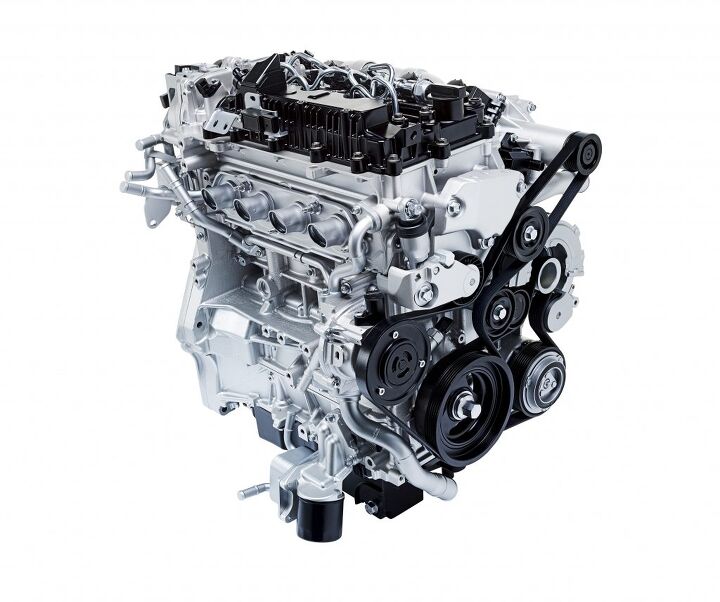
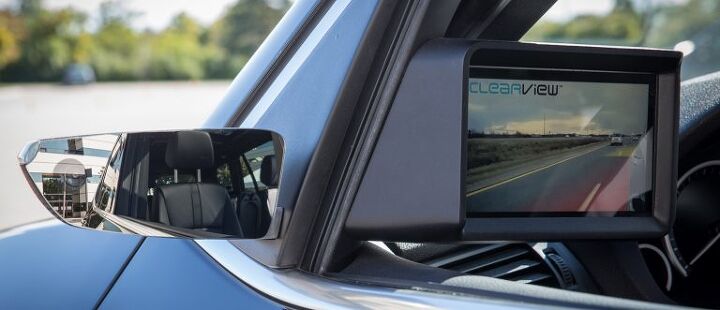


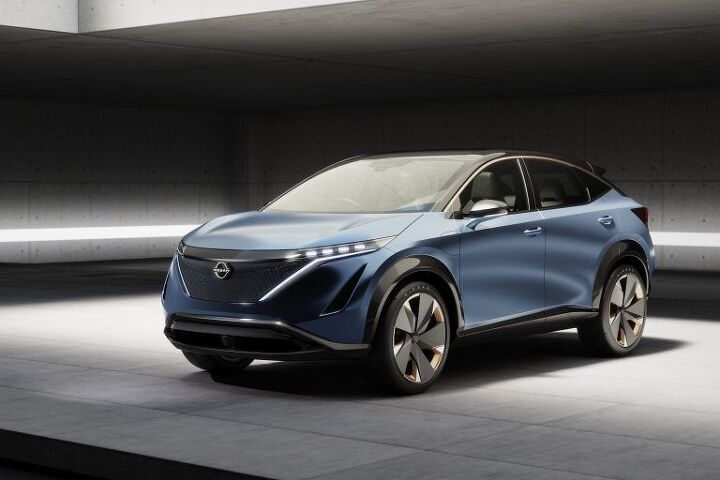
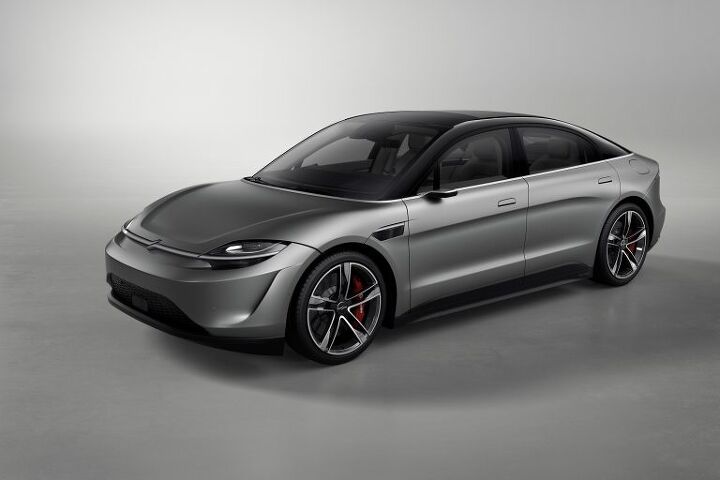














Recent Comments